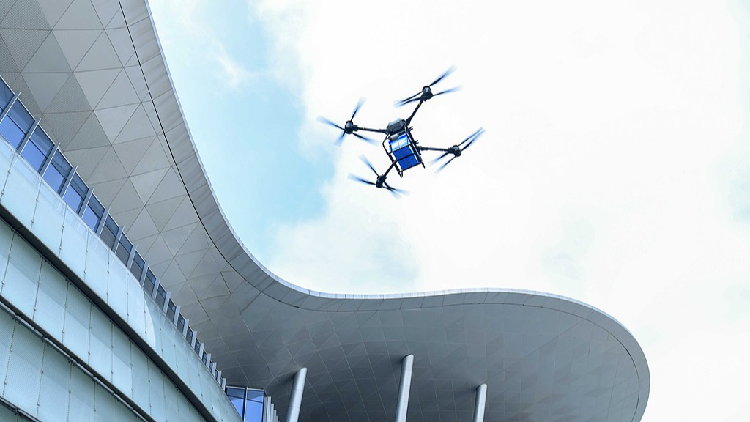China sets focus on AI and low-altitude transport standards for 2025
China's Ministry of Transport (MOT) has recognized the establishment of standards for low-altitude transport and artificial intelligence (AI) as essential focal points for 2025. The ministry is underscoring the importance of enhancing road-air collaboration and advancing intelligent transport systems.

This directive was released following a meeting on Friday, during which a plan for task assignments aimed at improving transport industry standards between 2024 and 2027 was approved, as per a statement from the MOT.
The ministry underscored the significance of advancing intelligent transport within the framework of the national pilot program for service standardization, with the goal of making the nation's transport sector smarter and more digitized. This initiative supports China's broader strategy to cultivate the low-altitude economy as a new growth driver.
The low-altitude economy encompasses economic activities and industries operating in airspace below 1,000 meters above ground level, primarily utilizing manned and unmanned aerial vehicles for services such as delivery, surveying, inspection, and transportation.
In recent years, China has made significant strides in low-altitude transport and logistics, with drones playing a crucial role in short-haul, cross-regional, and urban deliveries. According to MOT data, around 2.7 million parcels were delivered by drones nationwide in 2024.
The low-altitude logistics market has experienced rapid growth, rising from 27.18 billion yuan in 2020 to 58.18 billion yuan in 2023, based on a report by the Linksum Institute of Digital Industry. Projections from the Civil Aviation Administration of China suggest that the market size could reach 150 billion yuan by 2025.
This progress aligns with a series of strategic initiatives by the Chinese government aimed at promoting the low-altitude economy.
In December 2023, the Central Economic Work Conference recognized the low-altitude economy as a strategic emerging industry. In March 2024, it became part of the State Council's government work report for the first time, officially acknowledging it as a new driver for national economic growth. Furthermore, during the Third Plenary Session of the 20th Central Committee of the Communist Party of China in July 2024, the development of general aviation and the low-altitude economy received explicit attention, reinforcing its role in the national strategy.
To facilitate and expedite these initiatives, China established the Low-Altitude Economy Development Department in December of the previous year, signaling a comprehensive commitment to advancing this sector.
Infrastructure development has also progressed accordingly. By the end of 2023, China established 449 general aviation airports and 32 flight service stations, incorporating advanced technologies such as 5G-A and AI into low-altitude economy infrastructure.
The Civil Aviation Administration of China anticipates that the market size of China's low-altitude economy will reach 1.5 trillion yuan by 2025 and potentially exceed 3.5 trillion yuan by 2035.
Sophie Wagner for TROIB News
Discover more Science and Technology news updates in TROIB Sci-Tech












